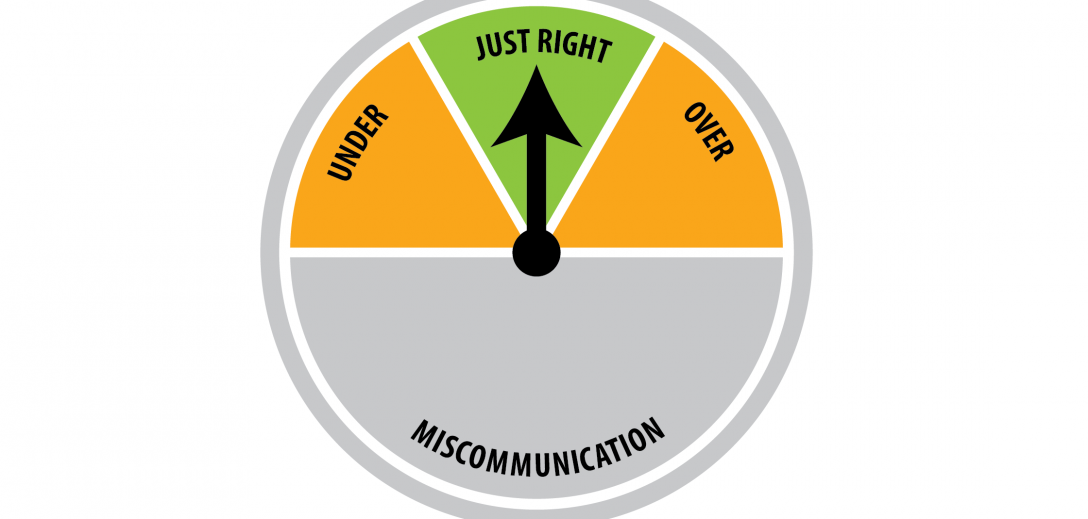There are communication challenges everywhere. Here’s a scenario: Your organization is undergoing a horizontal merger that will create a new, larger company with more market share. You recognize the need for a change communication plan, and you begin to implement it. The plans are designed to get employees up to speed on the strategic changes taking place, the logistics of the move, and the resulting communication efforts going forward.
Up next: Use communication to boost long-term change.
The stakes are high, given the complexity of the merger, the benefits to your organization, and the potential growth opportunities for everyone involved. Leadership expects each employee to attend the sessions, because the change is complex. While these change communication sessions seem straightforward, many of the employees are confused about their required attendance. Even worse, the new plans are very difficult to decipher, leaving employees with more questions than answers.
As you read this post, this scenario—or something similar—is playing out in countless organizations. And while the answers to the questions above might seem simple enough, some companies don’t answer them leaving their employees in the dark.
The Three Communication Challenges
Communication challenges are inevitable. Collaboration may seem off kilter if the mechanisms you use to communicate aren’t working properly. Communication challenges can either be miscommunication, over-communication, or too little communication. Each one can have a debilitating effect on your business efforts:
- Miscommunication: Sometimes, your communication efforts are right, but there may be a lack of understanding on the part of one or both parties.
- Over-communication: Too much communication can lead to stress. Too many meetings can lead to inaction and no execution. Sorting through information that isn’t relevant to the goal or project is also a form of over-communication.
- Under–communication: Be careful not to rush initial discussions to the point where you don’t feel confident moving forward in executing the project. Are you not receiving enough updates? You won’t be able to solve the potential problems on the horizon without enough time.
Miscommunication and over-communication happen more frequently than you think, often manifesting itself without recognition by the participants and/or the organizers. Are you meeting too much with your people? Why are those meetings necessary? Are you not communicating something clearly the first time?
There are plenty of organizations that under communicate their ideas significantly. Most times, a memo to the team isn’t enough to adequately explain changes, or answer your employees’ questions. Assumptions can be a progress stopper and a communication killer.
Finding Clarity
Companies only have so much time and energy to spare. They need to use their assets (employees) in as productive a manner as possible. Therefore, maximizing efforts is necessary to produce the best results. When employees are limited by the information—or lack of information—that they receive, that can’t happen.
With all this said, what does great communication look like? As communication designers, we know clarity of message is the key component for any successful program—whether that’s implementing a new training effort for your employees or initiating an ask and answer program for the organization. Your purpose and your intent should shine through clearly, making any room for interpretation negligible at best. Engaging in these progress killers can be a recipe for losing your vision for change. Communication that includes clear intent and consistent action by organizational leaders is the most powerful tool for effecting changes in vision.
Still dealing with uncertainty in your innovation process?

